Harmonic Analysis (RMA) Worksheet for the song: "Bill Bailey, Won't You Please Come Home".
Harmonic Analysis (RMA) Worksheet for the song: Bill Bailey, Won't You Please Come Home.
Originally titled Bill Bailey, Won't You Please Come Home
– "(Won't You Come Home) Bill Bailey", is a popular song published in 1902. It is commonly referred to as simply "Bill Bailey".
Its words and music were written by Hughie Cannon, an American songwriter and pianist, and published by Howley, Haviland and Dresser. It is still a standard with Dixieland and traditional jazz bands. The simple 32-bar chord sequence of its chorus also underpins many other tunes played mainly by jazz bands, such as "Over the Waves", "Washington and Lee Swing", "Bourbon Street Parade", "My Little Girl", and the final themes of "Tiger Rag" and "The Beer Barrel Polka". (wikiwand);
Cannon wrote the song in 1902 when he was working as a bar pianist at Conrad Deidrich’s Saloon in Jackson, Michigan. Willard "Bill" Bailey, also a jazz musician, was a regular customer and friend, and one night told Cannon about his marriage to Sarah (née Siegrist). Cannon "was inspired to rattle off a ditty about Bailey’s irregular hours. Bailey thought the song was a scream (i.e. very good), and he brought home a dashed-off copy of the song to show Sarah. Sarah couldn’t see the humor...[but] accepted without comment the picture it drew of her as a wife." Cannon sold all rights to the song to a New York publisher, and he died from cirrhosis at age 35. Willard and Sarah Bailey later divorced; He moved to Los Angeles with their daughter Frances, he died in 1954, and Sarah died in 1976, age about 102. (See New York Times archives 1976, unknown date). (wikiwand);
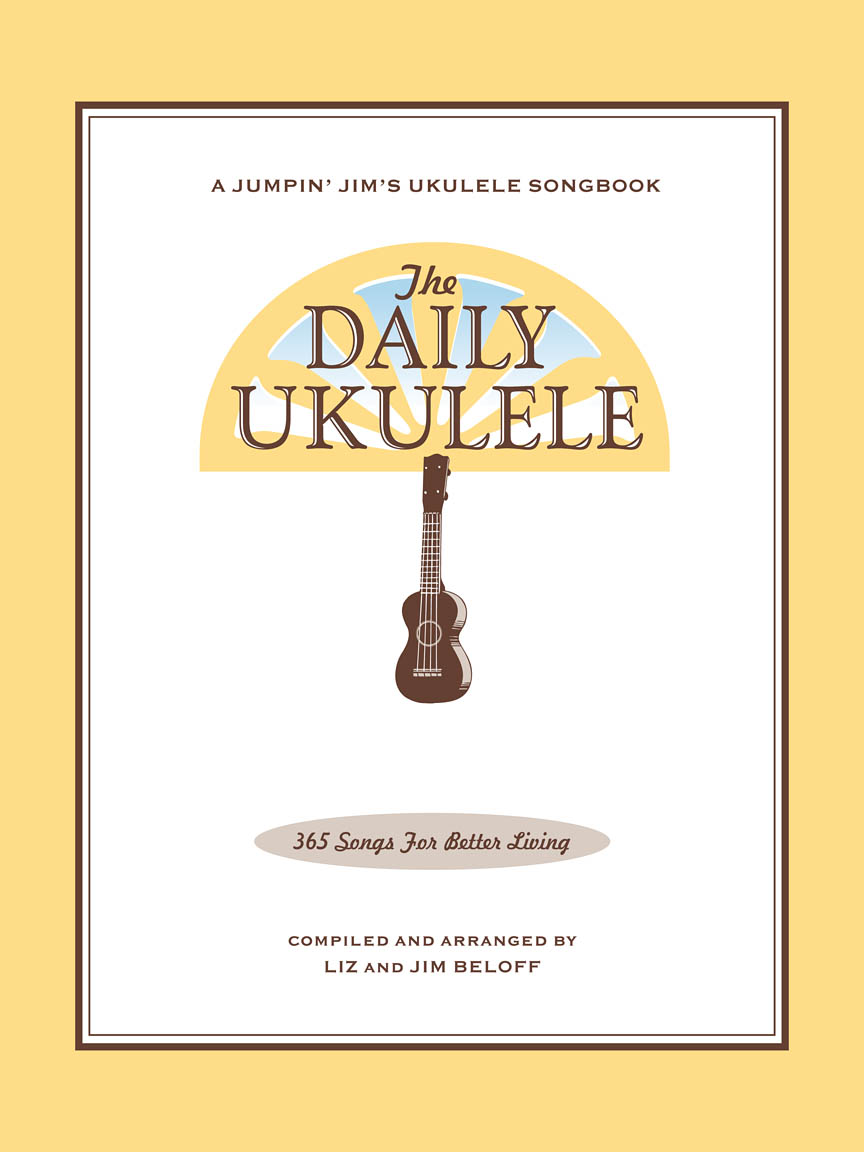
The Daily Ukulele— 365 Songs for Better Living book.







I7
( V of IV)
II7
( V of V)
VI7
( V of II)
II7
( V of V)
A Harmonic Analysis (RMA/HA) and its worksheet are intended to show the function of the chords, the harmonic principles used, the keys and tonalities the song explores. And, can be used for scale selections and chord and scale substitutions.
lead leadsheet.Minimal roadmap information such as repeats, fine, D.S., D.C., and codas has been used in preparing the worksheets to somewhat mirror the leadsheet in the Daily Ukulele book.
Yellow Book. You should start to recognize that 1st endings typically always return to a previous verse or an
 section. With a 2nd ending, a transition to a different part of the song, a
section. With a 2nd ending, a transition to a different part of the song, a  or chorus. Harmonic Principles are used for these repeats and transitions.
or chorus. Harmonic Principles are used for these repeats and transitions.- Bill Bailey, Won't You Please Come Home is in 4/4, Cut Time and the Key of D .
- Full Diatonic
- Partial Diatonic • Full Diatonic includes Secondary Dominant chords
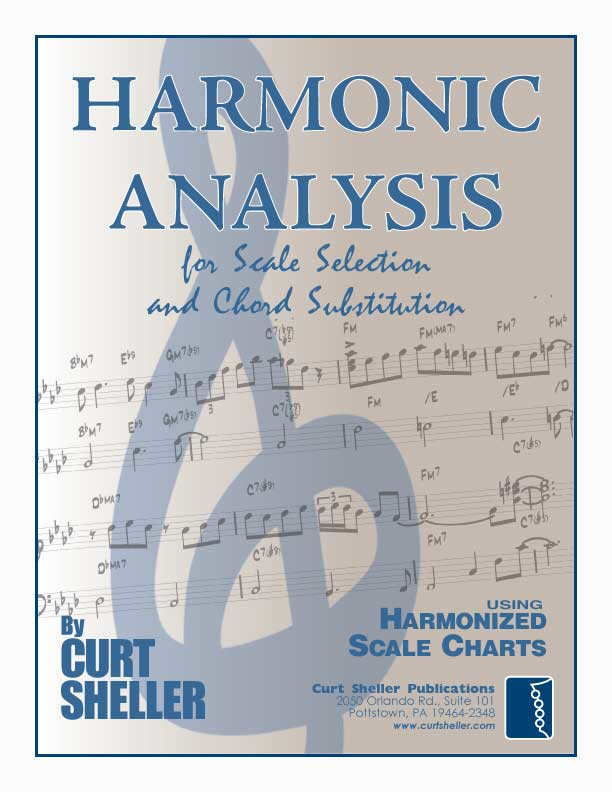
Contemporary Scales: Minor Pent: Minor Pentatonic, Pent: Major Pentatonic, Blues,
Scale/Mode Names: Ion: Ionian (Major), Dor: Dorian (Minor), Phrygian: Phrygian, Lyd: Lydian, Mix: Mixolydian (Dominant), Aeol: Aeolian (Natural Minor), Loc: Locrian
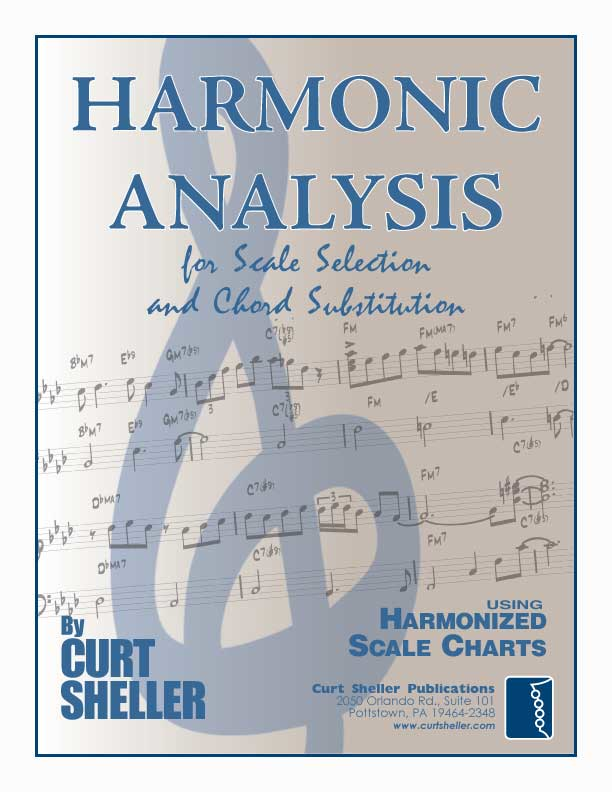

Related Lessons, Videos, Lesson Series, Songs, Books & Reference Charts, Resources & Assets, Workshops are below.
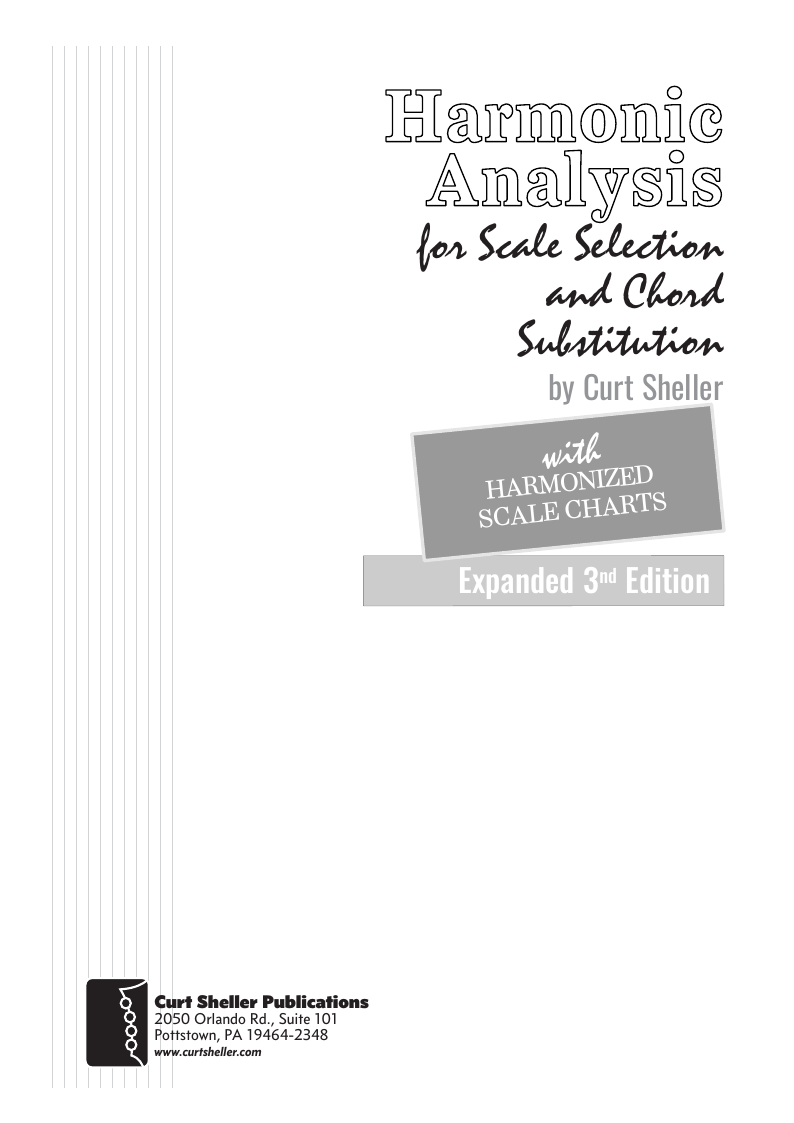
Harmonic Analysis ( HA ) is the process used to determine the harmonic function of chords within a chord progression. A chord progression is defined as a sequence of chords, each chord has a root and has a particular chord type. The relationship of a chord's root to a scale determines its function within that scale's tonality. Once a chord's function is identified, scale selections along with chord and scale substitutions can be made. This process is called Root Movement Analysis ( RMA ). This series of lessons are extracted from my book for use with individual private and on-line students. Each lesson directly corresponds the chapters in my book Harmonic Analysis for Scale Selection and Chord Substitution by Curt Sheller (me).

Harmonic Analysis (HA), also known as the study of chord relationships, is the method used to identify the harmonic role of chords within a chord progression or song. A chord progression refers to a sequence of chords, with each chord having a root note and belonging to a specific chord type. The function of a chord within a particular scale's tonality is determined by its relationship to that scale.

Harmonic Analysis is the understanding of the functional sequence of chords. It is the process used to analyze the harmonic structure of a progression, song or composition. This analysis is then used to make scale selections for improvisation and chord substitution.
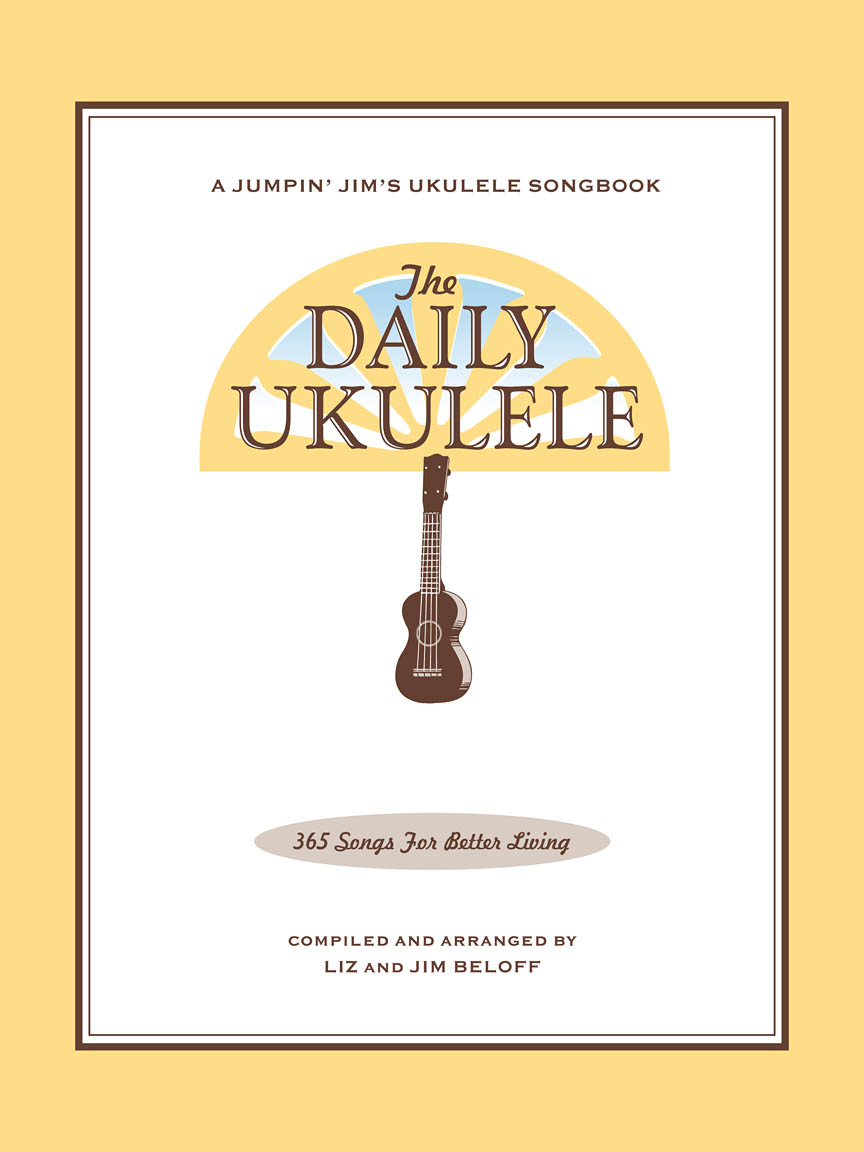
Strum a different song every day with easy arrangements of 365 of your favorite songs in one big songbook! The Daily Ukulele features ukulele arrangements with melody, lyrics and uke chord grids and are in ukulele-friendly keys that are particularly suited for groups of one to one hundred to play and sing.
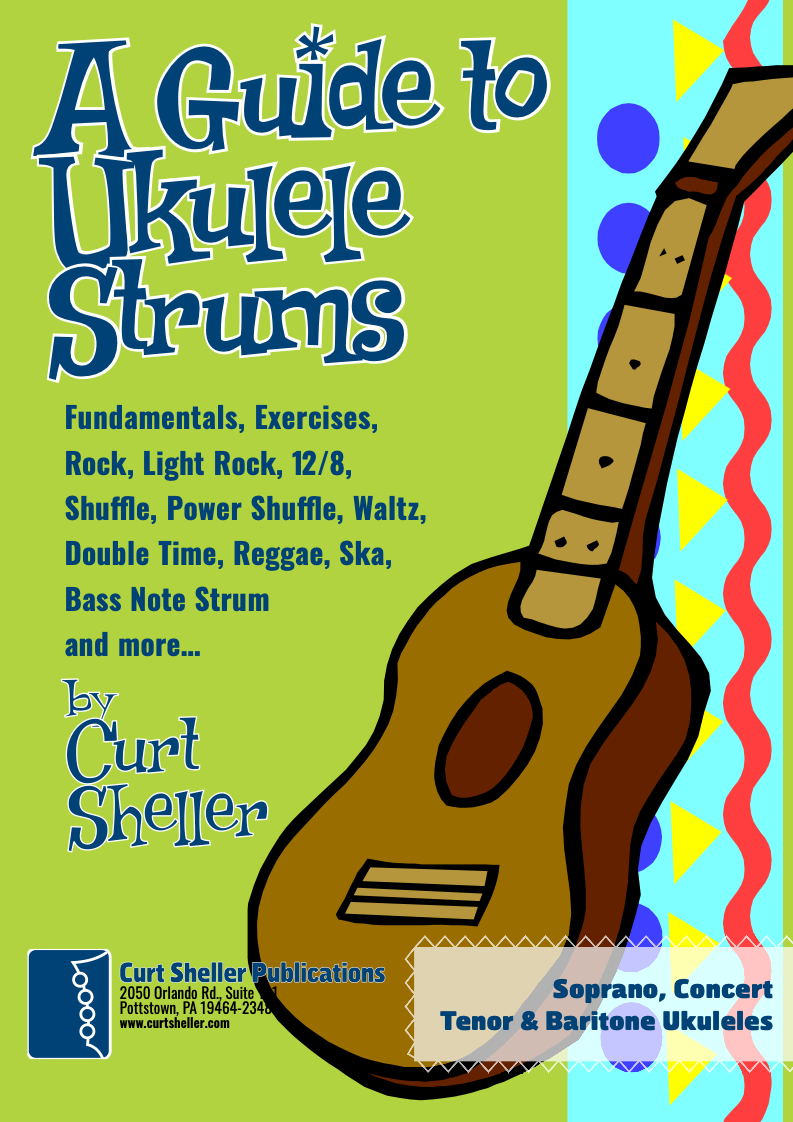
Learn a variety of strums and rhythmic patterns in wide range of musical styles. One of the first skills a ukulele player learns is the art and craft of strumming, playing rhythm. This refers to an accompaniment technique suitable for the singer, singer - songwriter or someone who plays a support role for another instrument.

Finally, learn the names of the notes of the ukulele fingerboard in C tuning .

Learn the six fingering principles to navigating the ukulele fingerboard. Fingering is one of the most universal topics. Book: Six Secrets of the Ukulele Fingering

Harmonic Analysis is the understanding of the functional sequence of chords. It is the process used to analyze the harmonic structure of a progression, song or composition. Book: Harmonic Analysis for Scale Selection and Chord Substitution

Learn to read single note melodies in the first/open position is a lot easier than you might think. Book: Ukulele – Reading Music Series – Primer

An organized collection of daily practice and reference material for the contemporary ukulele player for developing the vocabulary and knowledge necessary for single note playing. Book: Daily Practice Material for the Contemporary Ukulele
Checkout the Books & Reference Charts for additional Handy, Dandy Reference Charts.

Ukulele Fingerboard Chart for C Tuning, Low or High G – G C E A

Ukulele Fingerboard Chart for G Tuning, Low or High A – D G B E

A handy reference chart of all 15 major and relative minor key signatures. US Letter 8.5 x 11 sized (ANSI-A), A4
Checkout the Books & Reference Charts for additional Handy, Dandy Reference Charts.
Bill Bailey, Won't You Please Come Home.



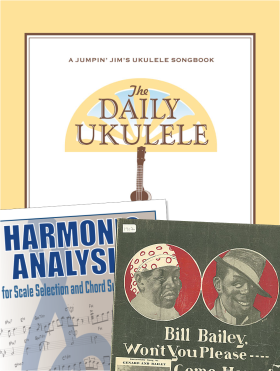



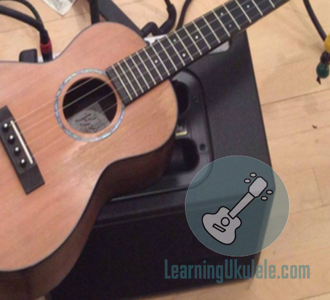
.jpg)